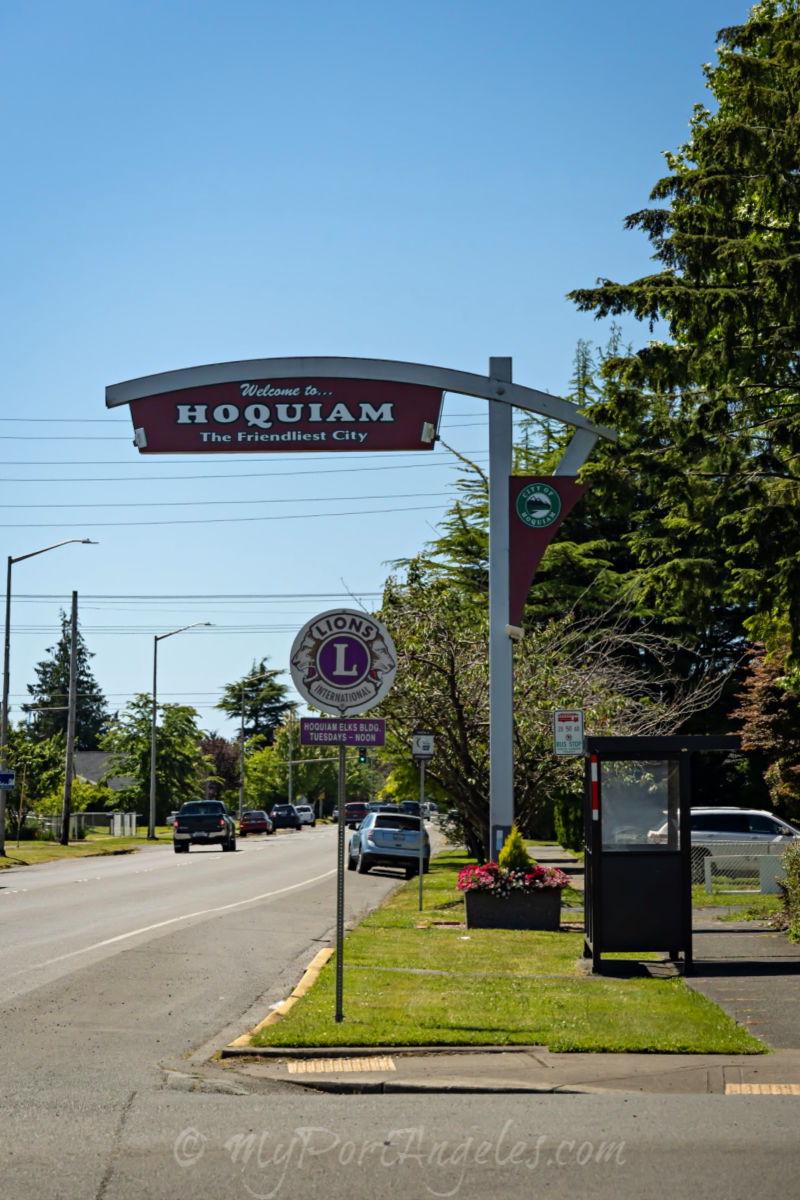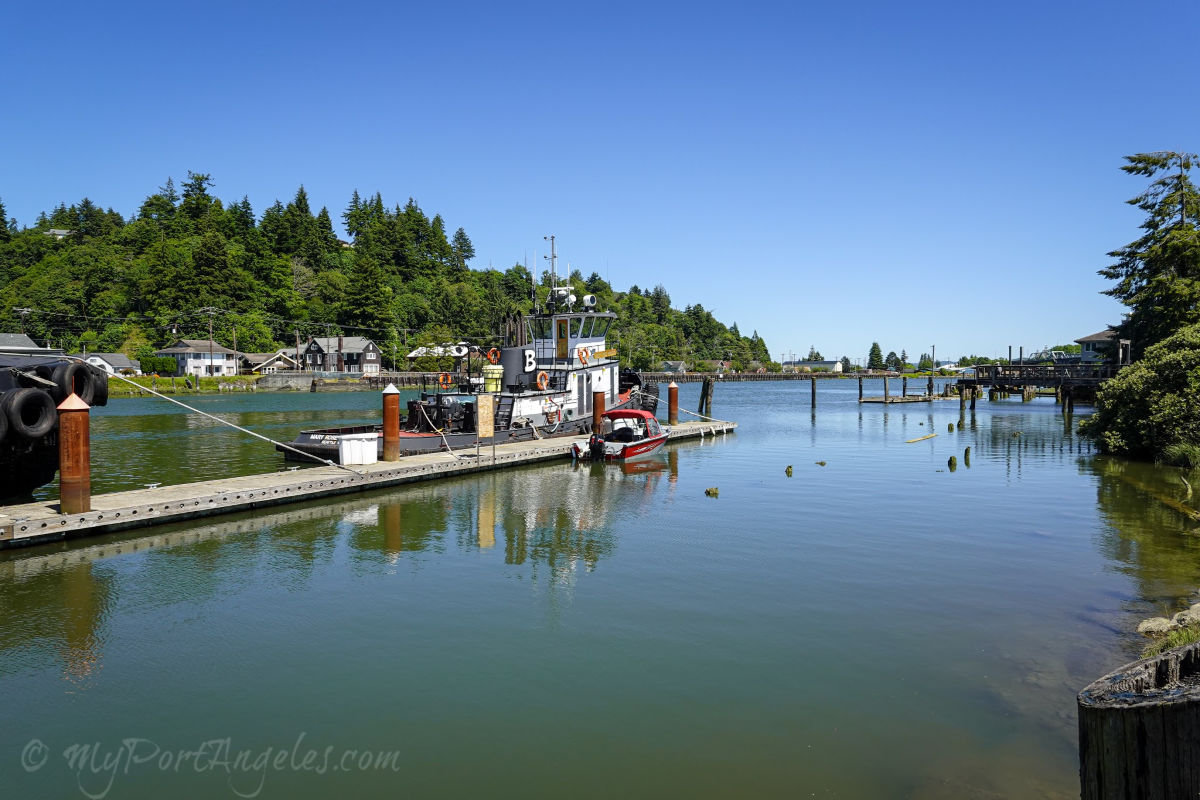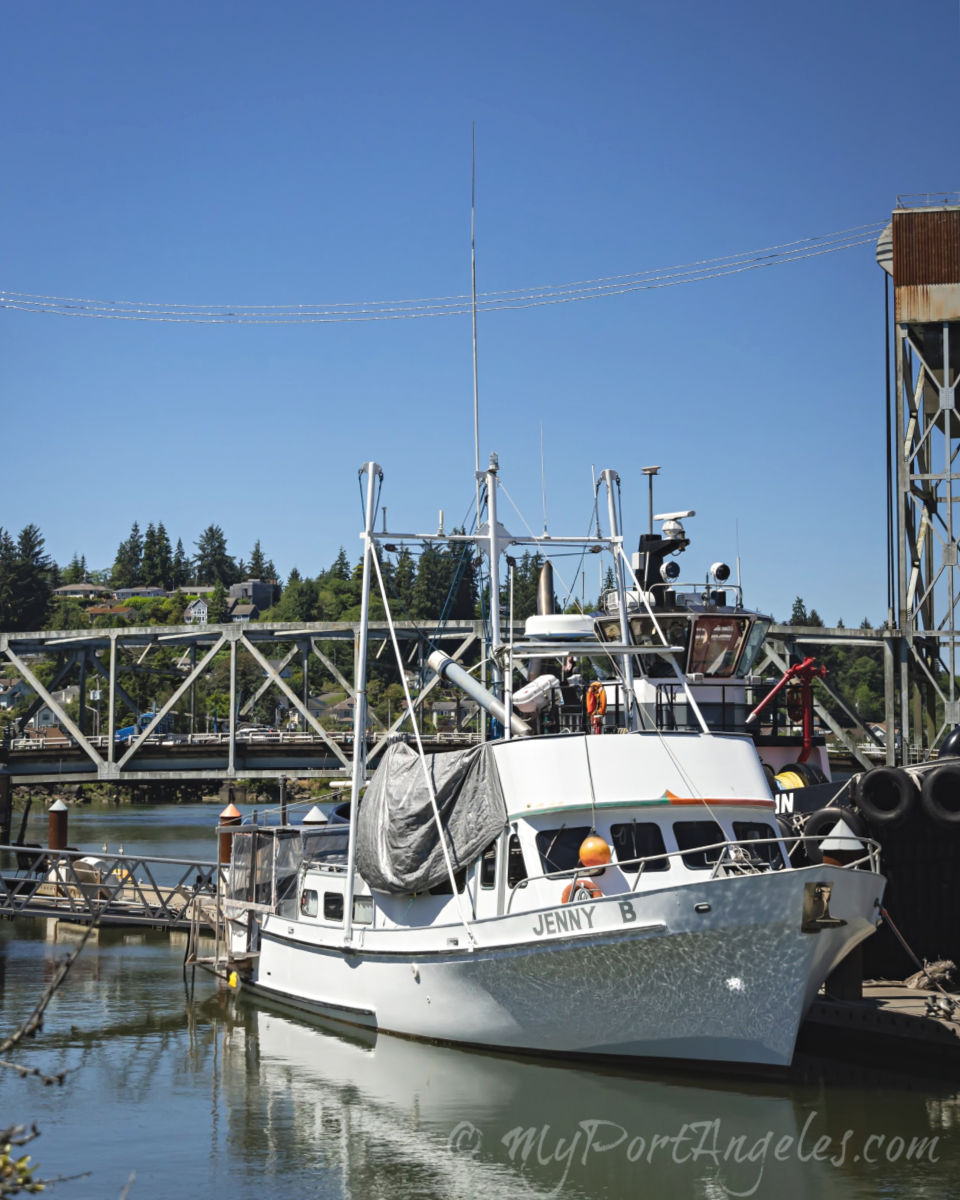Hoquiam WA History
Hoquiam WA History: Grays Harbor history and history of the Olympic Peninsula's southern area.
The history of Hoquiam Washington is intermingled with the history of the Grays Harbor region, and in turn, becomes the history of the Olympic Peninsula's southern reaches.
Hoquiam WA History: Early Years
For hundreds of years prior to the arrival of Europeans, Grays Harbor and surrounding areas were inhabited by various indigenous tribes. The Quinault, Humptulips, Wynoochee, and Chehalis tribes thrived on the rich abundance of the forests and ocean.
The harbor of Grays Harbor was first discovered in 1792 by English Captain Robert Gray. As news of the area spread of the area’s rich resources, settlers, loggers and fishermen began to drift in. Over the next 50 years as Europeans began migrating into the Grays Harbor area, they brought their germs with them. Several smallpox epidemics literally decimated the indigenous populations of every tribe. Bob Pope, A Quinault Indian, reported that most of his tribe was wiped out after a smallpox epidemic circa 1853.
Inter-tribal battles were also a significant cause of indigenous loss of life. Early settlers maintained an armed watch every time inter-tribal tempers flared, fearful they would be caught in the middle. No doubt the plummeting numbers of tribespeople offered leverage to the Washington State Governor, Isaac Stevens, as he waged his sometimes brutal campaign to limit the tribes to various reservations.
The Quinault Indians secured a large tract of land along the Quinault River as their reservation in 1856, but the Chehalis and Humptulips Indians refused any negotiations with Stevens, and also refused to move off land that had always been theirs.
Hoquiam WA History: Establishment Years
The flow of settlers into Washington State began in earnest during the mid- to later-1800s as rumors of the Railroad coming to town circulated. The main settlements were the town of Hoquiam, where the Hoquiam River joins the Harbor, and the town of Aberdeen just 9 miles east, situated at the easternmost point of the Grays Harbor at the confluence of the Wishkah and Chehalis Rivers. Incorporating their settlements into towns would strengthen their argument that a railroad line to Grays Harbor would benefit both the towns and the railroad.
Colonized years before, Hoquiam was officially established in 1867. Aberdeen was founded in 1884, and then incorporated in 1890.
The population of these towns hovered in the 400 range until 1889, when the population sharply soared to 1,500. Building likewise soared, as did property values.
The first logging mill was built in 1894 and eventually the dense forests supported an additional 36 lumber mills. The several Grays Harbor ports were absolutely the greatest lumber shippers in the world. During the lumber heyday of the 1920’s, Grays Harbor became the first port in the world to ship out an incredible one billion board feet of lumber by water. According to Grays Harbor historian Ed Van Sykle in his book, They Tried to Cut it All, production levels continued at a high level until 1929, at which time “loggers were working 30 – 50 miles back in the hills.”
Hoquiam WA History: Great Depression Years
The Depression struck the lumber industry early, due in part to overproduction, competition, and a reduction in demand. Production remained high, but the mill owners put the squeeze on their workers. Therefore the decade of the 1920’s was a rough one for labor relations in the saw mills. The effort to maximize output resulted in 452 deaths on the job during the ‘20’s. Wages got cut, workers went on strike, unions organized. It was not pretty.
By the time the Great Depression gripped the nation, the lumber industry was already in a death spiral and looking for different outlets for its product. Only one-fifth of the labor force remained employed and half of those were employed only part time.

Direct action and political action were utilized to stave off literal starvation. Foods were distributed, county funds were used for the indigent, and deer were poached out of the forest to feed the hungry. Unemployed laborers marched and organized.
In 1935, as a result of the Works Progress Administration, several huge public-works projects were bestowed on Hoquiam as a way to infuse federal money into the local economy and create jobs. The all-wood Olympic Stadium in Hoquiam was built and funded through this government program. It is made of old-growth fir timber framework and cedar shingle siding. Even the grandstands are wooden. The building is now listed as a Historic Registry City Landmark.
The Great Depression eased, but logging never fully recovered in the Grays Harbor area. The number of mills dwindled to nine. And then, in 1990, folks began to realize there was such a thing as a northern spotted owl. The same environmental regulations that nearly wiped out logging in Forks, WA, further decimated logging in Grays Harbor, Hoquiam, and Aberdeen WA. All logging in old-growth forested lands was completely suspended.
Predictably, people marched repetitively to Washington's capital city, Olympia, to make their voices heard. Grays Harbor unemployment was 19.5% and climbing in 1993, just 2 years after the moratorium on logging.
Hoquiam WA History: Recent Years
With the waning of the logging industry, the leaders of the area eventually turned to tourism as a means of helping to revive the area. And indeed, there is much to explore here, including historical buildings, local shops, and the forests, wildlife and beaches which are not far away.
The economy is slowly diversifying and becoming healthier. In addition to the remaining logging and paper pulp endeavors and the new focus on tourism, two other industries have put down tentative roots. Westport Shipyards builds yachts in Hoquiam, and in the Port of Grays Harbor (Hoquiam), the largest biodiesel manufacturing plant in the Nation is capable of producing more than 100 million gallons of biodiesel per year.
Pictured: The 'Jenny B' represents a microcosm of the Hoquiam/Aberdeen WA economy - looking pretty good, but still needing a repair or two....
More general information about Hoquiam WA history:
https://en.wikipedia.org/wiki/Hoquiam,_Washington




